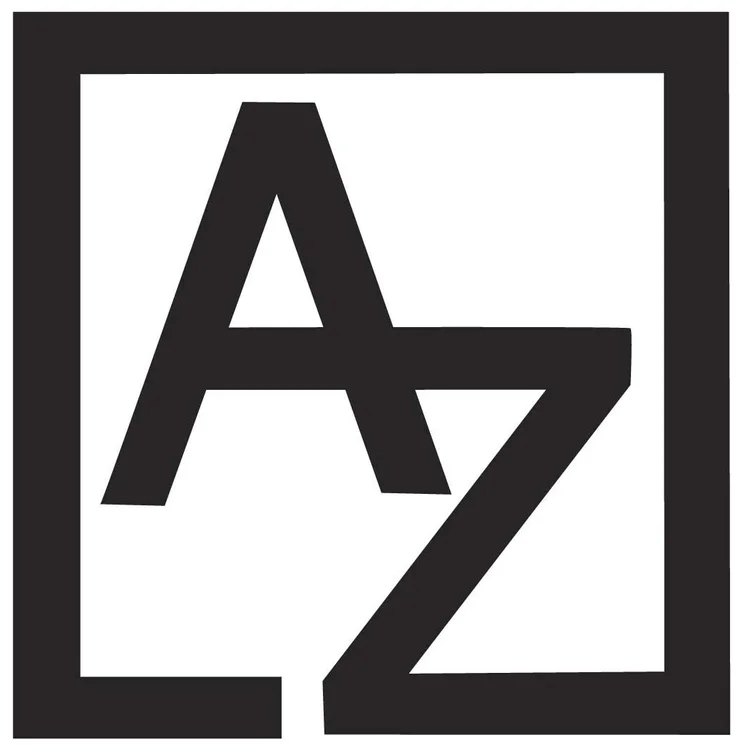Meem Gallery is pleased to announce the display of Iraqi artist Dia al-Azzawi’s work at this year’s Frieze Masters. The exhibition is dedicated to the earlier works of the artist who is regarded as one of the pioneers of modern Arab art. Ten paintings from the period of 1964–1973 have been selected for Meem’s booth, displaying the artist’s creative output in the years when he was still a resident in his birthplace Baghdad, prior to his relocation to London in 1976.
Works such as Crying Wolf (1968) showcase Azzawi’s early style and references to Mesopotamian visual culture, demonstrating how he created an aesthetic that is rooted in tradition and modernity. This is the result of both Azzawi’s academic background in archaeology and his commitment to forging an artistic identity specific to modern Iraqi art. Memories (1973) and Human States (1976) demonstrate Azzawi’s expressive use of colour, a trademark of his artistic output, which he uses to invoke personal experience and memory. Utilizing abstraction to explore his subject, Azzawi simplifies human forms and figures into an arrangement of shape and colour. Earthy tones and organic shapes heighten the viewer’s sense of Iraq’s heritage while the disjointed forms allow us to reflect on the state of Iraq’s more recent history.
*****
Born in Baghdad in 1939, Dia Azzawi’s oeuvre comprises over forty years of work displaying the remarkable creativity of an incredibly versatile artist. Defined by its powerful visual impact and brilliant colour, Azzawi’s art covers a range of subjects executed in a variety of media: painting, sculpture, prints, drawings, and book art (dafatir). He lives and works in London but continues to derive inspiration from his homeland, Iraq.
With exhibitions of his work held worldwide, his art features in the collections of museums and institutions including the British Museum, Tate Modern and Victoria and Albert Museum, London; Museums of Modern Art in Baghdad, Damascus and Tunis; Mathaf: Arab Museum of Modern Art, Doha; Jordan National Gallery of Fine Arts, Amman; Barjeel Art Foundation, Sharjah; Institut du Monde Arabe, Bibliothèque Nationale de France, and Colas Foundation, Paris; Harba Collection, Iraq and Italy; Gulbenkian Collection, Barcelona; Kinda Foundation, Saudi Arabia; Una Foundation, Casablanca; Arab Monetary Fund, Abu Dhabi; Development Fund, Kuwait; Jeddah International Airport; Saudi Bank and United Bank of Kuwait, London; Library of Congress and The World Bank, Washington D.C.
Azzawi started his artistic career in 1964, after graduating from the Institute of Fine Arts in Baghdad and completing a degree in archaeology from Baghdad University in 1962. His studies of ancient civilizations and Iraqi heritage had a profound impact on his art, and a key objective in the early formation of his artistic style was to link the visual culture of the past to the present.
In 1969, Azzawi formed the New Vision Group (al-Ru’yya al-Jadidah), uniting fellow artists ideologically and culturally as opposed to stylistically. The group’s manifesto, Towards a New Vision, highlighted an association between art and revolution, and sought to transcend the notion of a ‘local style’—coined by the Baghdad Modern Art Group—by broadening the parameters of local culture to include the entire Arab world. The group held their final exhibition in 1972.
Through his involvement with the New Vision Group Azzawi found inspiration in contemporary subjects and issues, particularly the plight of the Palestinians. His shift from themes of antiquity and legend to that of pain, death, and conflict altered his stylistic approach to painting significantly. These works lacked the vivid colour and ornamentation of earlier images and, instead, utilized bold outlines, attention to detail, and improvisational techniques.
Arabic script, literature and poetry have also featured in Azzawi’s work. However, he did not use text as the central motif of his images as he considered it to be, ‘part of the group of elements of which the painting is composed.’ Similarly, his incorporation of literature and poetry does not result in a visual narrative of the text, but simply alludes to its literary content, which acts as the initial source of inspiration. More recently, Azzawi stopped using Arabic script altogether, stating that he ‘found that this kind of work became less challenging, and lately we can notice how it has become part of market demand rather than the source of creative and inspiring work.’
Azzawi’s move to London, in 1976, led him to rediscover book art. Having researched the collection of Islamic manuscripts housed in the British Library, he affirms that the art of the book is the truest art form of the Arab world, even more so than painting, and encourages artists of the region to draw inspiration from, and reinterpret, this tradition.
In 2012, Azzawi’s monumental work Sabra Shatila (1983), created in response to the 1982 massacre of civilians in Beirut’s Sabra and Shatila Palestinian refugee camps during the Lebanese civil war, was unveiled at London’s Tate Modern in Facing History: Dia Al-Azzawi and Leon Golub.
Exhibition Catalogue
A catalogue will be produced in conjunction with the Frieze Master’s exhibition. The publication will include essays by Professor Nada Shabout (author of Modern Arab: Formation of Arab Aesthetics, UPF, 2007) and Saleem al-Bahloly (PhD candidate at the University of Berkeley) and colour plates of the works exhibited.
For image enquiries, please contact:
Noura Haggag
For further information and press enquiries, please contact:
Meagan Kelly Horsman mkh@meemartgallery.com
Samar Faruqi sf@meemartgallery.com
